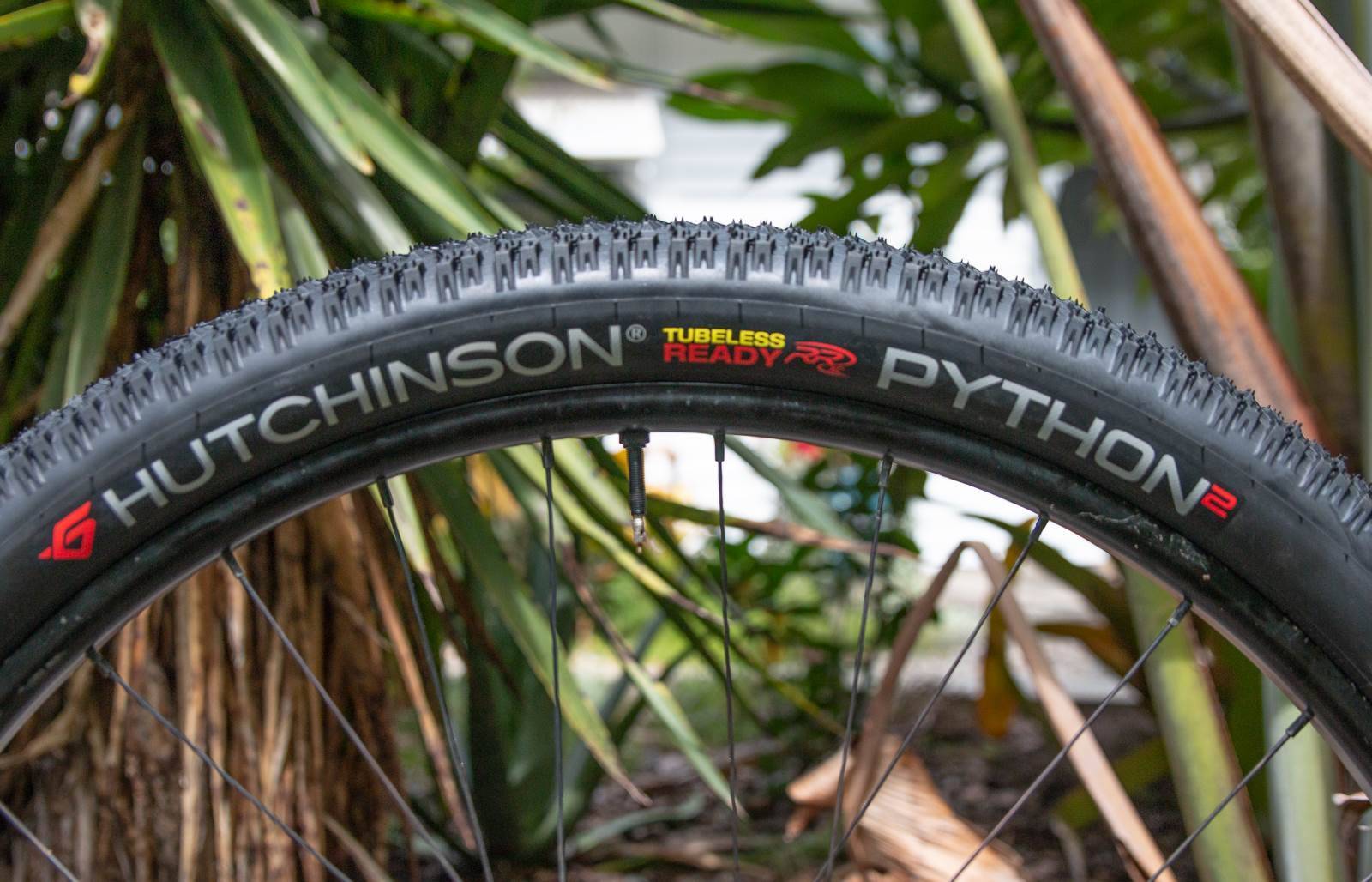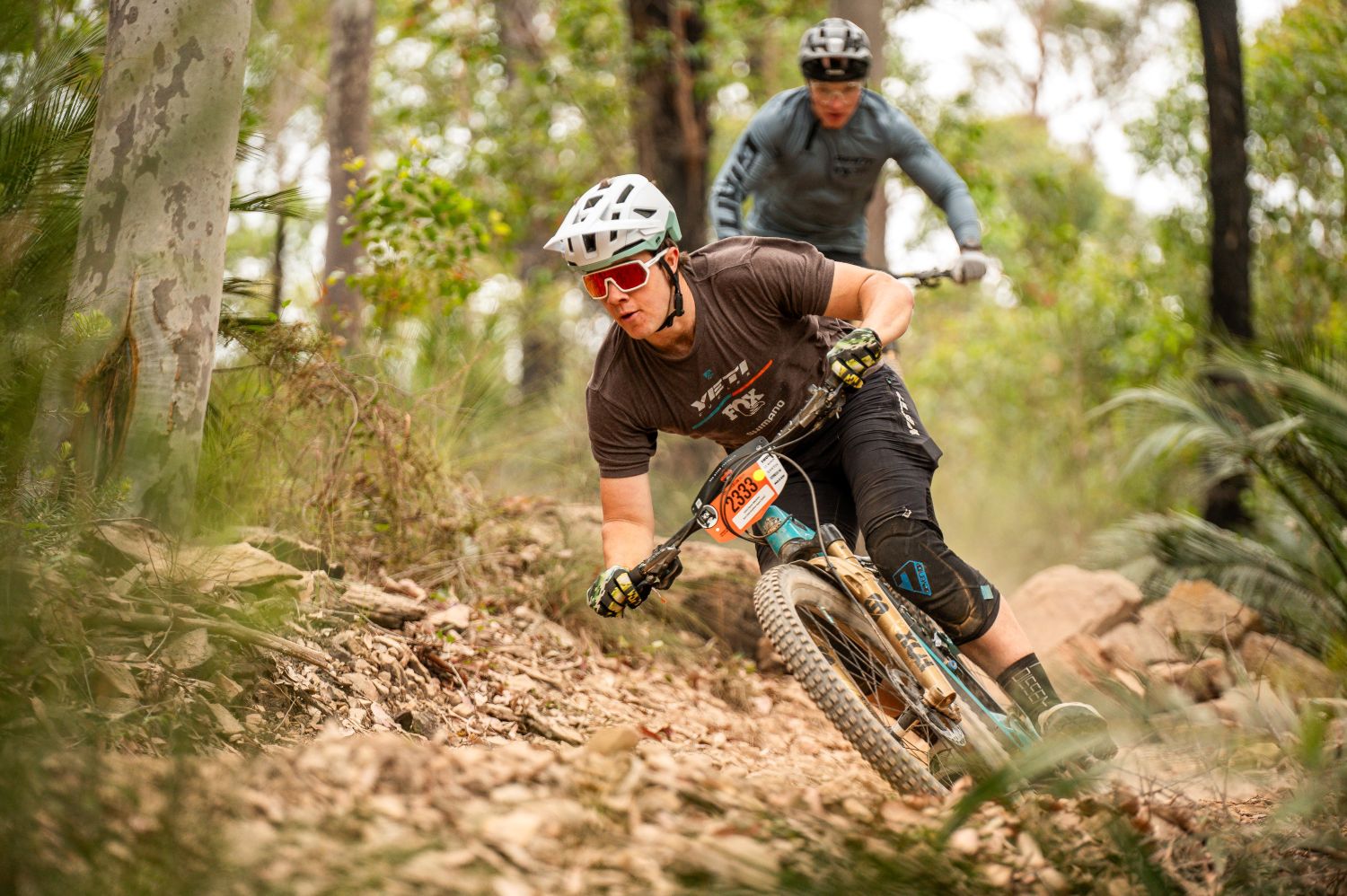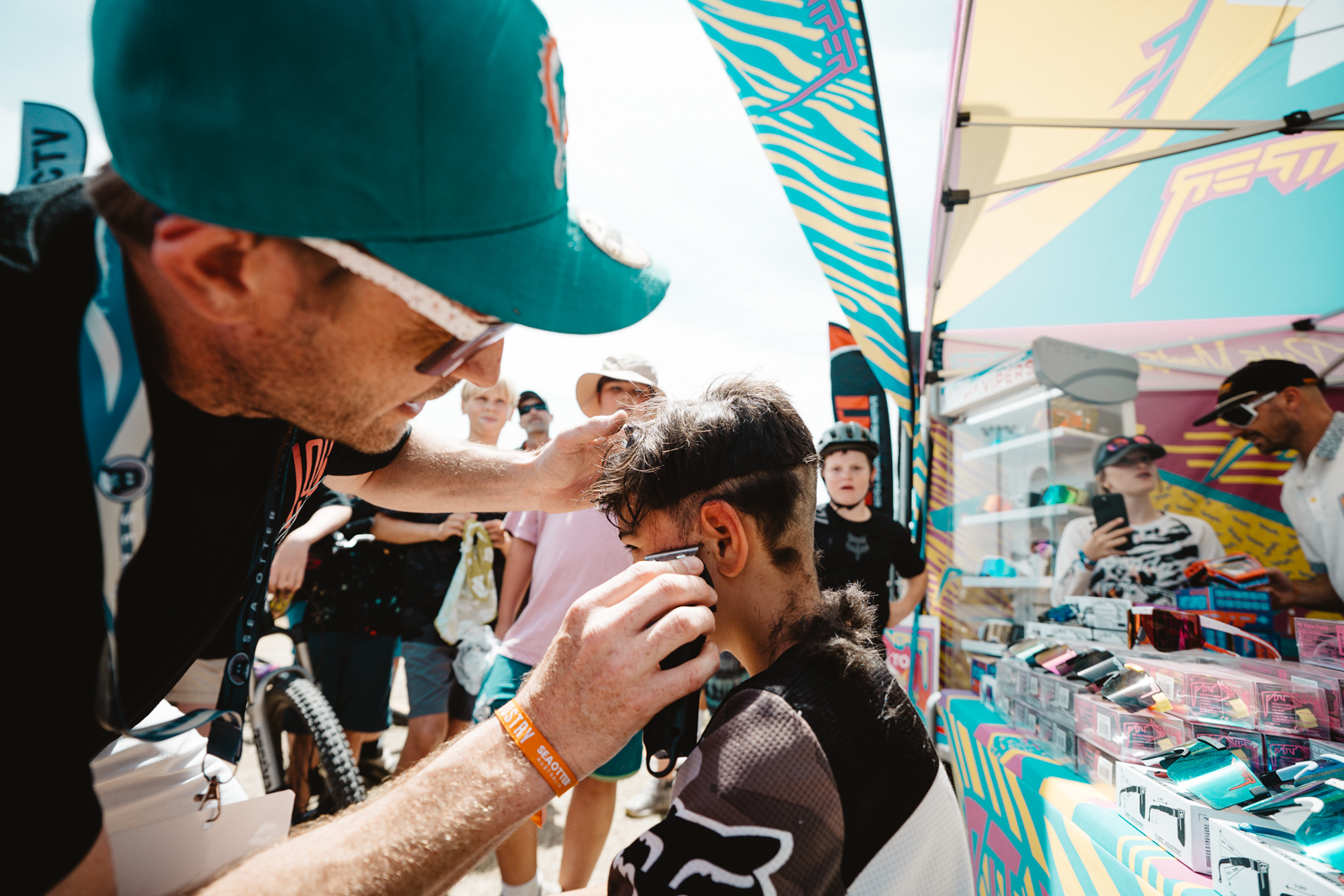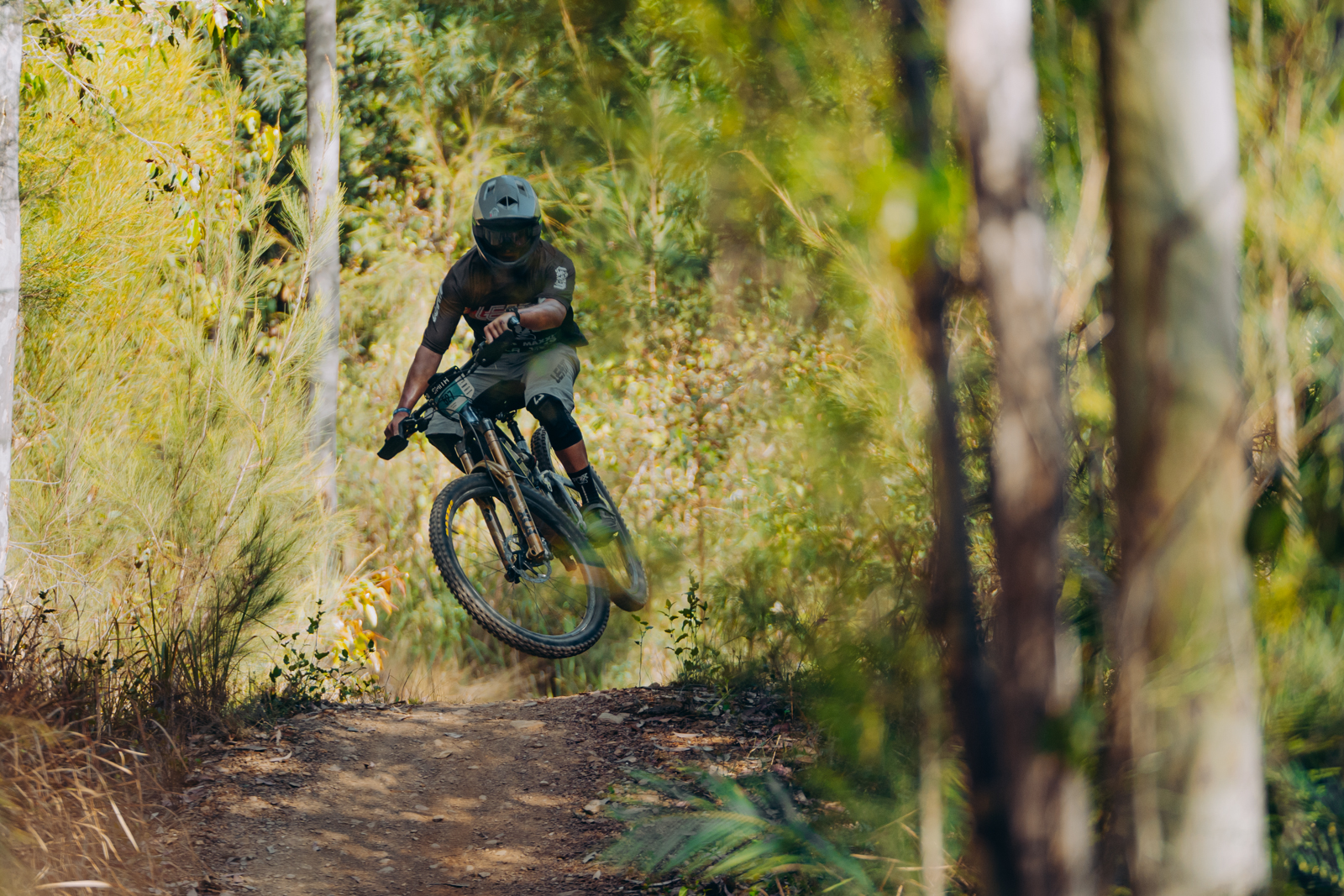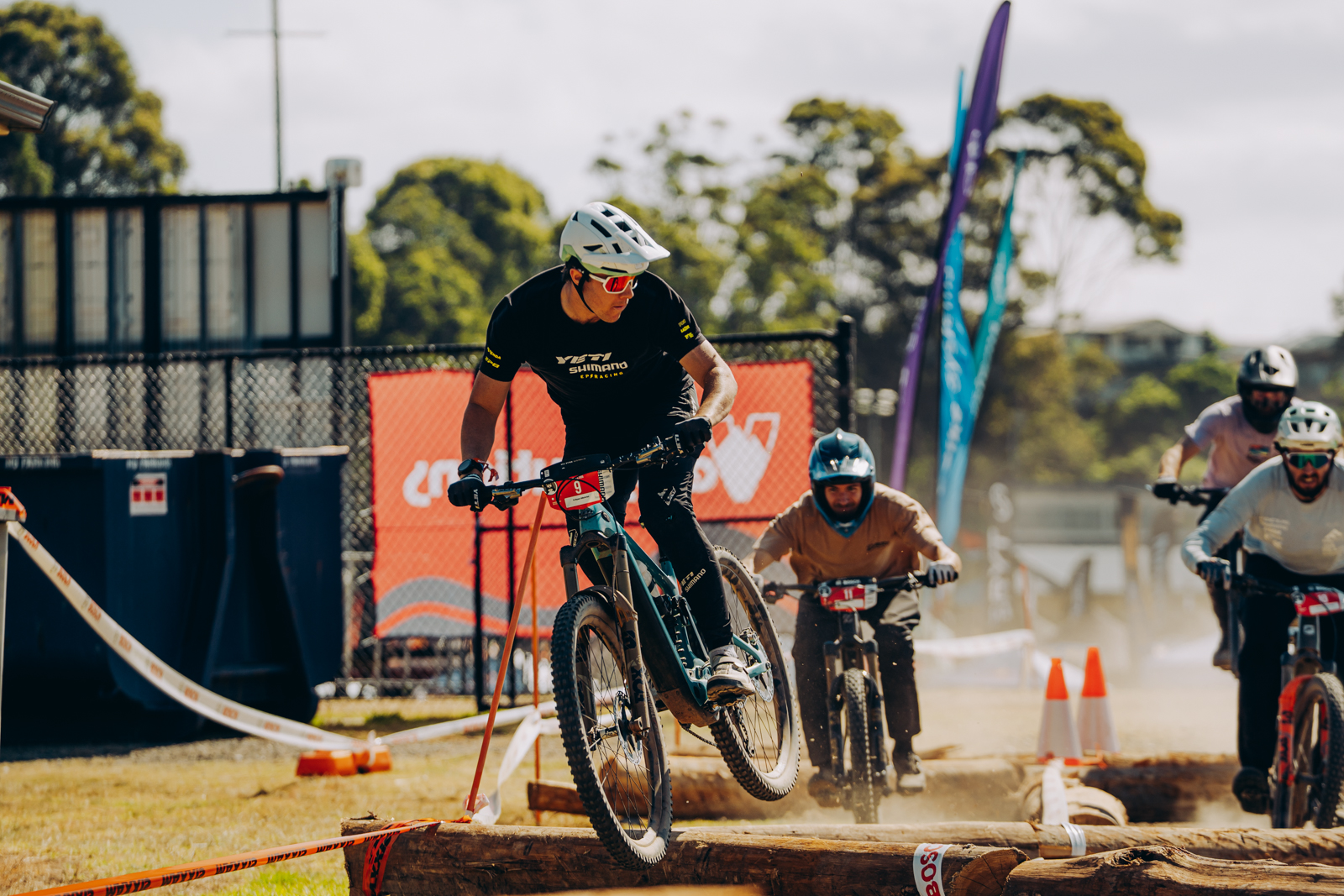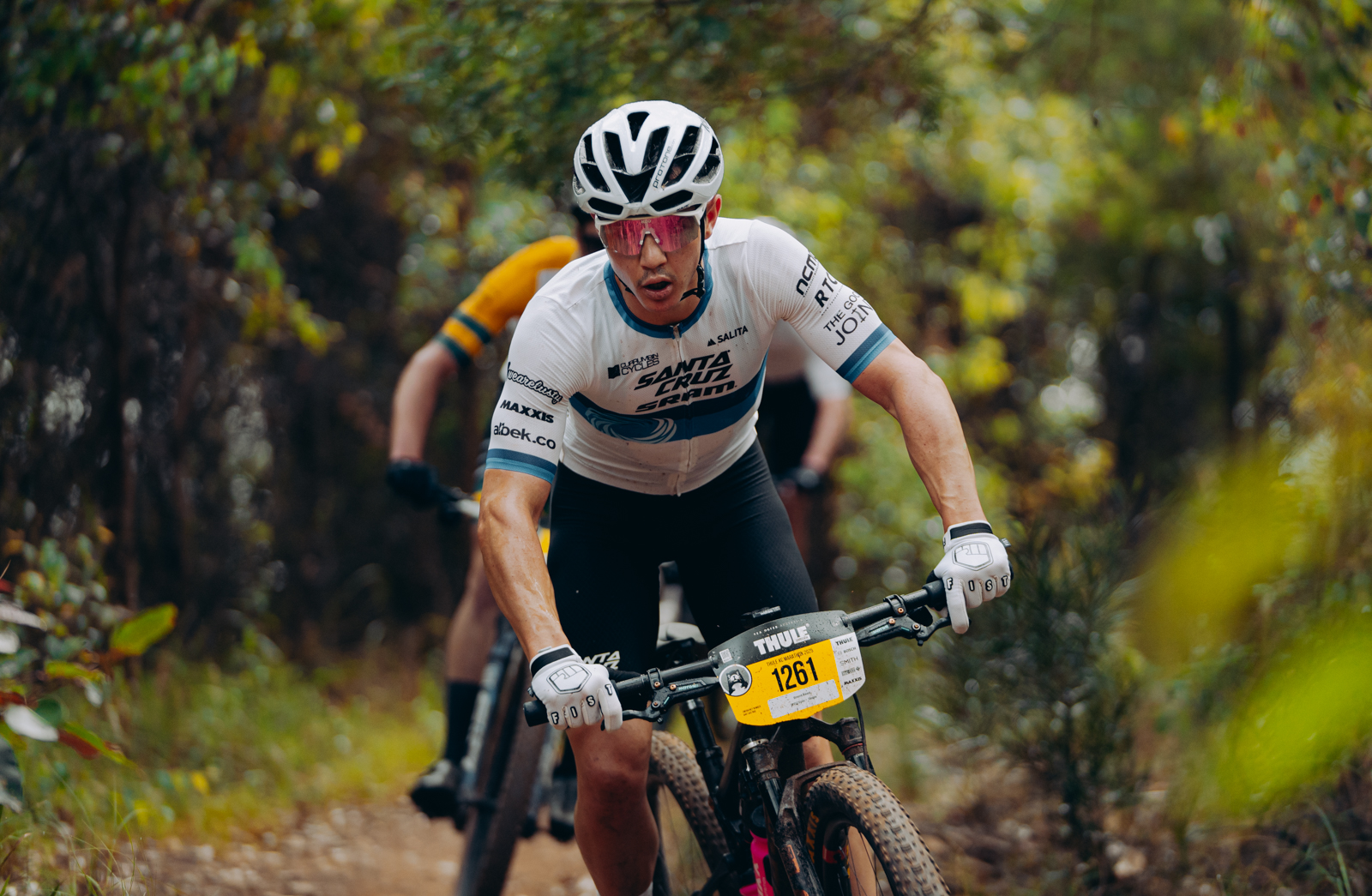FIRST LOOK: Hutchinson Python 2 MTB tyre
The Hutchinson Python was the tyre of choice for those riding and racing XC two decades ago, and even all the way to around 2006. What's the updated model promise?
If you ever rode an XC oriented bike between the very late 90s and the mid noughties, you probably owned a set of Hutchinson Pythons. And while lots of people might have had the OEM Python with black casing, or the Python Airlight, those in the know would have had the Hutchinson Python Gold. And not just because Cadel used it. They were also available in UST casings, which was a big deal when tubeless tyres came out.
The Python was the go-to tyre regardless of conditions. It had a good volume, low rolling resistance due to low knob height and a nearly joined centre tread. It was fast! The rounded profile had a determined edge, so it transitioned into a corner really well, before digging in about as well as you can expect for an XC tyre. And while the tread was directional, those in the know swore that reverse on the front was better.
The Hutchinson Python 2 looks really similar, but with a squarer profile thanks to more robust edge knobs, and being available in slightly more modern sizes. That is, 2.1" and 2.25". Globally you will find those in 26", 27.5" and 29", locally just in 29" (for now) via Ride Sports.
A closer look at the Hutchinson Python 2
While Hutchinson call the 2.1" tyre the XC model and the 2.25" trail, let's assume that 2.25" is likely the most worthwhile size to look at. The 2.1" will serve many riders, especially smaller riders. But I haven't bought a 2.1" tyre for at least 4 years. For most people looking at new XC tyres, wider is better and 2.25" is a typical standard width to start at. The tyres are branded not just as being designed in France, but made there as well.

The tyres have 127tpi casing, so that's 127 threads per inch. More threads per inch means finer threads and less rubber, so you end up with a more supple tyre. Less threads more inch means thicker threads and more rubber, so a less compliant tyre and potentially more strength (and weight). Opening the tyres up, the roll out nicely, and feel supple in your hand. There is good reinforcing around the bead which suggests they will seal well and be a little more cut resistant. The rubber is Hutchinson's RR XC compound, their triple compound designed for XC use.
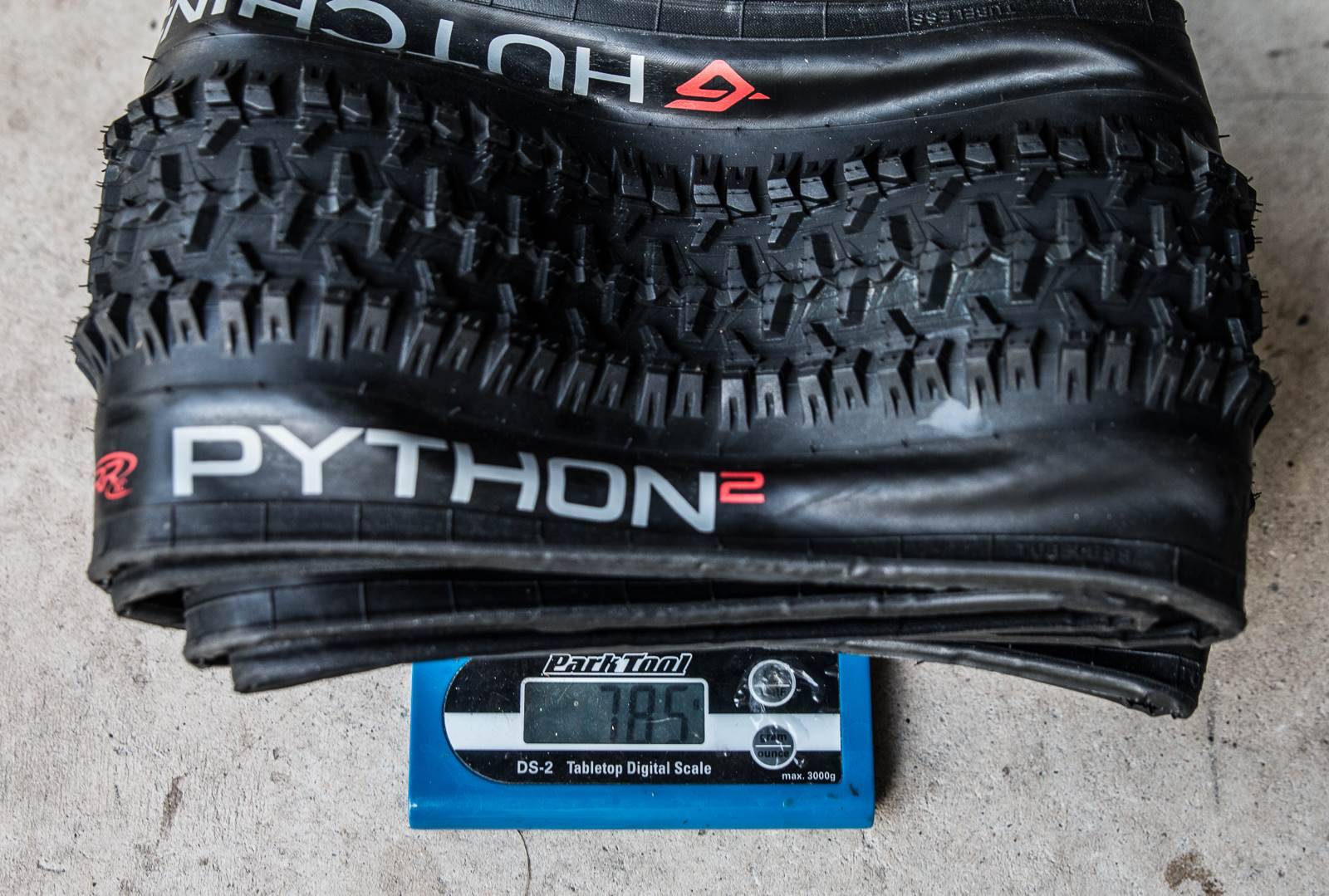
On the scales a 29×2.25" tyre comes in at 785g, a little more than the 760g claimed but that sort of variance either side of a claimed weight is really normal for tyres.
They mounted up easily onto Stans NoTubes Arch Mk3 rims. These have a 26mm internal, so are a good benchmark of new school XC for a tyre that is old school XC but has been reborn into new school XC. So what's changed? Hutchinson's profile is now squarer with a more pronouned edge knob. The edge knob is really reinforced down the sidewall as well, so it's got a lot more rubb supporting it.

When inflated on the Arch Mk3 rims, the tyres measured 55.96mm across, which is about 0.05mm off a 2.25" Maxxis Aspen 2.25" on the same rim, so that's really spot on.
The centre tread has a really sharp trailing edge but is angled so it rolls well. With only a few gravel driveway laps on the tyres so far, they do roll really fast, but dig in well under brakes, thanks to that sharp edge.
There's no specific transition knob, but the centre tread does extend close to the shoulder, and the edge knobs do extend inwards, so every other knob shares the transition knob's work. It also means all of the knobs are actually really well supported under sideways load, which is better than some token small transition knobs thrown in the mix.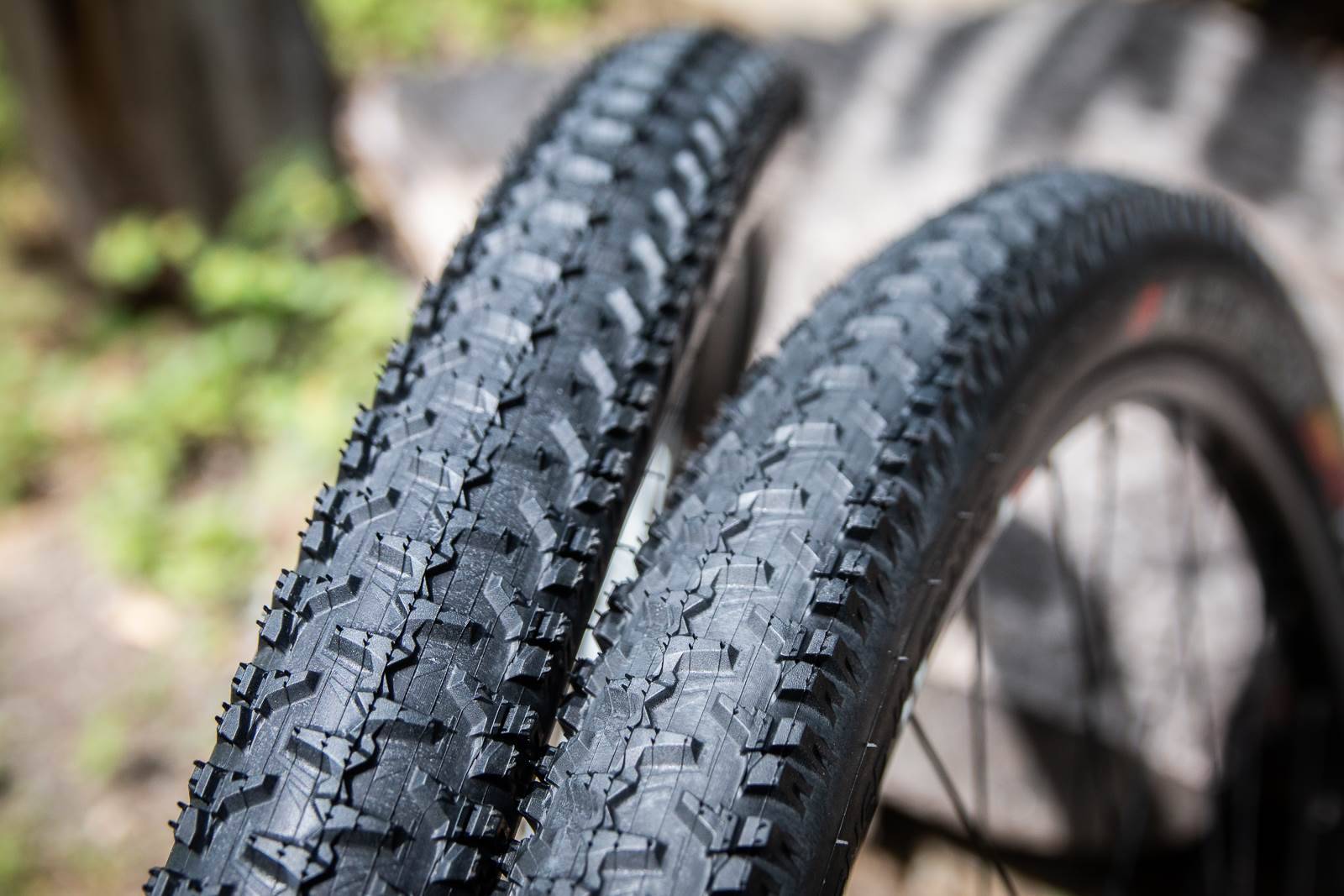
So far the tyres are holding pressure with no sealant, which is a sign of a good casing. I'll put sealant in before hitting the trail. I expect the tyre to perform well in your typical Australian conditions – of loose over hardpack. Add lots of wet roots and mud, and who's to say. If the compound is tacky they'll be nice in the wet, especially with the pressures just right. But the small, reasonably closely spaced knobs won't deal with mud very well. No tyres do to be honest!
So, is the Python back? It may well be a firm competitor to the Maxxis Ikon and Rekon, The Schwalbe Racing Ralph and Ray, or the Specialized Fast Trak. I'll put them to test and see how they compare for performance and durability. Stay tuned for a review in Issue #182.
RRP: $75 (on sale right now though for $53!)
From: Ride Sports
